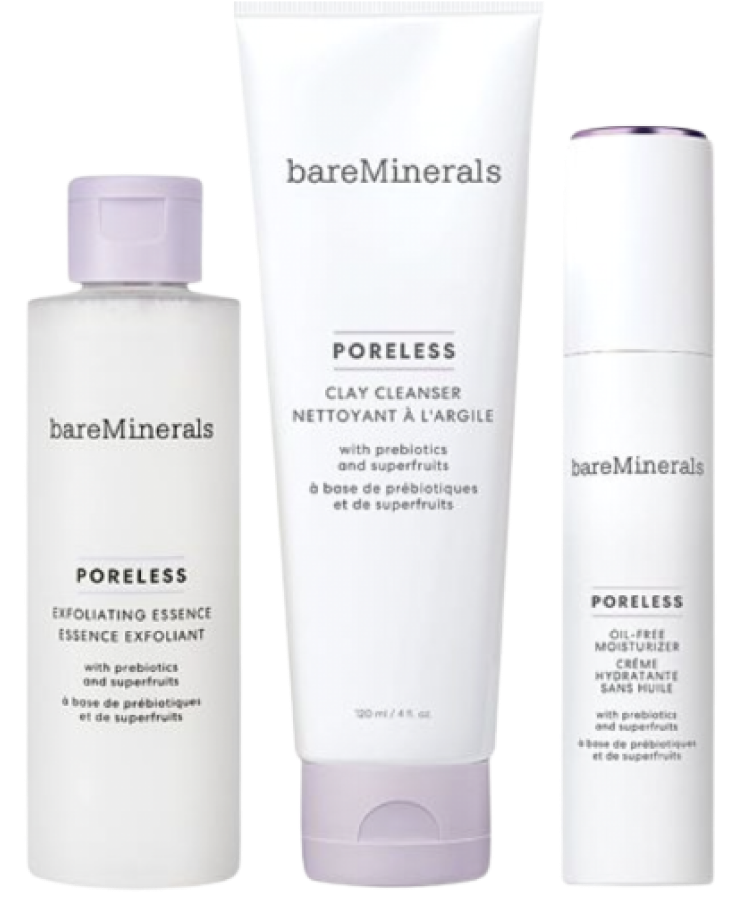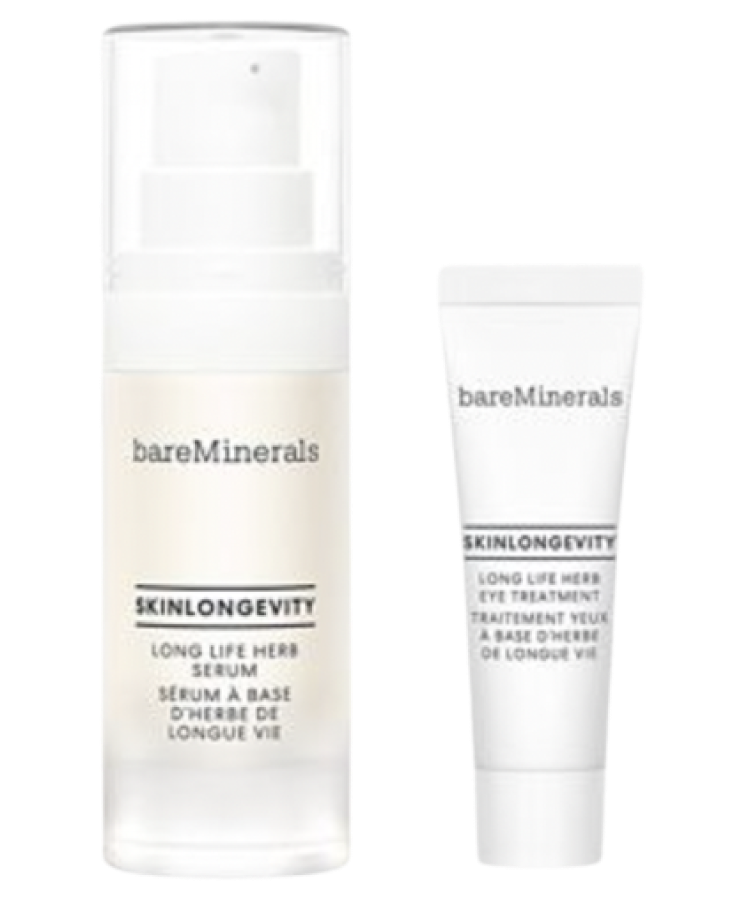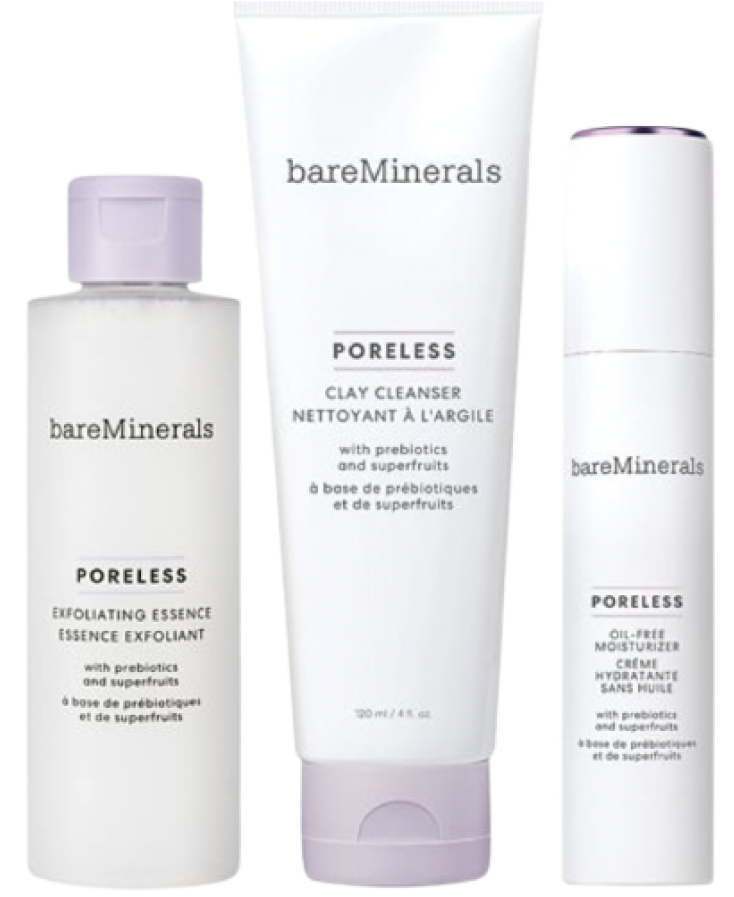8 Tips For Skin Of Color From Dermatologists
BY DR. SONIA MD

For Skin of ColorBy Skin of Color
Retinol
Retinol is one of those skincare ingredients that causes a lot of confusion and misinformation. We’re often asked if AHA and BHA exfoliants reduce the effectiveness of retinol. Or if it shouldn’t be paired with Vitamin C? Or what about the combination of retinol and niacinamide? As always, we turn to the research to bring you the facts. Salicylic acid (BHA) and glycolic + lactic acid (AHA) and retinol
So can you use salicylic acid with retinol? And what about retinol and AHA?
No research demonstrates or concludes that AHA or BHA exfoliants deactivate or lessen the effectiveness of retinol when used together. In fact, whenever we see a comment about not using retinol with AHA or BHA exfoliants, the advice is never supported by research.
Yet still, it’s one of those myths that gets repeated so often, that even dermatologists tend to believe rather than question it. The claim about retinol not working with AHA or BHA exfoliants began with a misunderstanding about how skincare ingredients work together, and how each affects the structure of the skin. So let’s dig a little deeper…
Does the pH of AHA and BHA exfoliants reduce retinol’s effectiveness?
The confusion comes from worries about the acidity of AHA and BHA lowering the skin’s pH, thus disrupting retinol’s ability to work its anti-ageing, skin-smoothing magic.The reasoning behind this claim is that if the skin’s pH is below 5.5 to 6, an enzyme in the skin won’t be able to convert the retinol into retinoic acid (the active form of retinol). This is based on an assumption that using AHA and BHA will lower the pH of the skin, but that is not what happens. Just like most rumors, this one sprang from a misunderstanding about the research.
Only one study (from 1999) mentions the issue described above. But it is not a credible source, as there are a few issues with the study: it was performed on a blend of animal and human proteins, and the pH relationship issue developed only when a fatty acid byproduct was added to the mix (in other words: not on normal human proteins and not on healthy, intact skin). To further complicate matters, the study states: “no clear optimal [pH range] was seen when the test was run without [fatty acid byproduct].”
It was only used to compare how animal and human skin metabolises the form of vitamin A naturally present in skin, not about how topical vitamin A (retinol) benefits skin. Topically applied vitamin A does not substitute the body’s development, or the function of retinoic acid.
Retinol is a solid that must be dissolved in a carrier oil, which makes it a waterless ingredient. Its composition means that there is no pH to consider, even when it is layered with acidic ingredients, as you cannot establish a pH in a waterless product! It’s also worth noting that no research has since replicated the pH limitations of the 1999 study.
Protocol With Retinol
Brightening Treatment Protocol
Shop NowBut does retinol work better without AHA or BHA exfoliants?
In short, no. Research has actually shown that retinol combined with exfoliants (like AHAs) helps to fade hyper pigmentation in skin, and improves the results you get from both ingredients. The belief that the skin’s pH neutralises acidic skincare products is misguided.
A neutral pH is 7, yet skin is naturally more acidic. Even more so than thought in the one, lone study that’s often cited. Today’s research demonstrates that skin’s pH actually hovers between 4.7 and 5. Does this then mean you must raise your skin’s pH to use a retinol product? Of course not! We know from research that retinol works when applied to the skin, and it works at the skin’s naturally acidic pH.
Does retinol have exfoliating effects?
Some people claim that retinol will exfoliate the skin, so you shouldn’t use it with an AHA or BHA. But the truth is that these ingredients work very differently to improve skin, yet they complement each other when paired together. To make it clearer, here are the facts:
Retinol is an antioxidant and an important cell-communicating ingredient. When it absorbs into skin, it can actually “tell” living skin cells to make healthier, younger cells and to enhance the production of new skin cells. It stimulates cellular turnover from the deeper layers up—not in the uppermost layers. Those uppermost layers are where AHA or BHA steps in to help skin shed unhealthy, dead, built-up skin cells.
Retinol in both over-the-counter and prescription-only products may cause flaking and peeling for some. But don’t mistake flaking for exfoliation, whether from retinol or AHAs or BHAs. Flaking is simply a sign of irritation. If it persists when using AHA, BHA, or retinol products, or any product, you need to use it less often, or stop altogether.
Can you use Vitamin C with retinol?
Vitamin C (ascorbic acid and its derivatives) is another ingredient we are told not to combine with retinol. Again, this myth has stemmed from a pH/acidity issue. The truth: vitamin C (depending on the form) requires a low (acidic) or no pH to remain stable. We know retinol works well in an acidic environment and that skin’s pH is naturally acidic, so from what the research has shown us, there is no problem pairing vitamin C and retinol.
In fact, research has shown that combining vitamins gives the best results. Teaming retinol (vitamin A) with vitamin C works well to defend skin against free radicals when applied under sunscreen; vitamin C actually helps retinol work better! It fights free radicals: a process that helps protect retinol from oxidation as it penetrates skin—thereby increasing the anti-ageing benefits!
Dr. Sonia Says
Looking your best in your 50’s means starting the work in your 20’s
Let’s Talk MythsFor Skin Of Color

Can you use retinol and niacinamide together?
Retinol and niacinamide can definitely be used together to give impressive results. Many dermatologists recommend their combined use because niacinamide keeps skin calm, while retinol works its wrinkle-fighting magic. Research shows that these two ingredients work in different yet complementary ways to overturn signs of ageing while addressing other issues, like enlarged pores and uneven skin tone.
Can you use retinol during the daytime?
Retinol does not cause the same sensitivity to daylight as more potent, prescription-only forms of Vitamin A. But we always recommend that you protect your skin with SPF 30, rain or shine. Research has shown that retinol and vitamin C work well under SPF-rated sunscreens to protect the skin from UV light. And that vitamins A, C and E, even in combination, also remain stable and effective under an SPF-rated product.
Research also has shown that a vitamin A and E combination remains stable when exposed to UV rays and paired with sunscreen, as does pure vitamin A when used alone. That’s excellent proof of retinol’s stability when teamed with a sunscreen. Antioxidants plus sunscreen are a formidable defence against wrinkles, uneven skin tone, loss of firmness, and brown spots. For best results, be sure to apply antioxidant-rich skincare products morning and evenin
What not to use with retinol?
The only caution comes when you’re using multiple products that contain retinol, or other forms of retinoids (including stronger, prescription-only products). Although there is no harm in pairing them, you should be aware of the increased chance for skin sensitisation.
So, can you use retinol with vitamin C, BHA, AHA & niacinamide?
Yes. There is no research anywhere that supports the claim that retinol is deactivated when combined with acidic ingredients. But there is plenty of research that demonstrates the opposite. In fact, cosmetic scientists who specialise in developing retinol formulas are quick to disprove this, and we’ve asked around—a lot!
Don’t Know What to Order?
Take the quiz and get more info about products that fit you the best way

To Be ConfidentIn Your Color
Related Articles






The best part about this protocol is it’s really easy to use. Just a few steps in a journey to healthy skin. I definitely see a difference in my appearance



